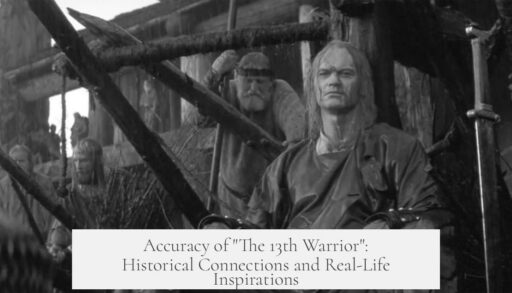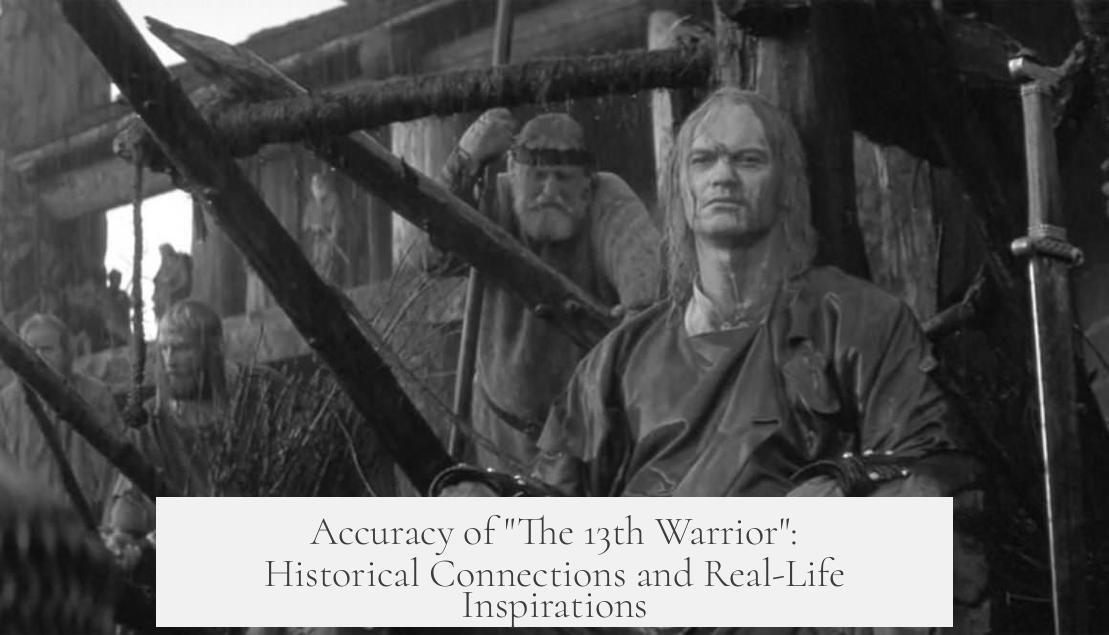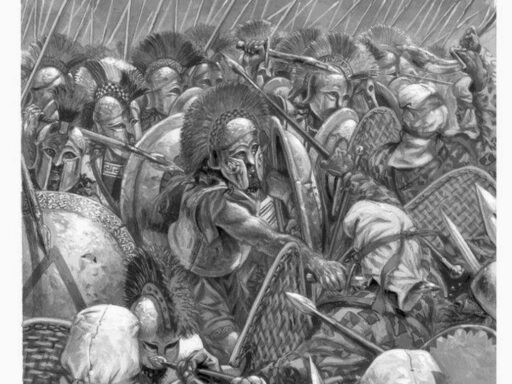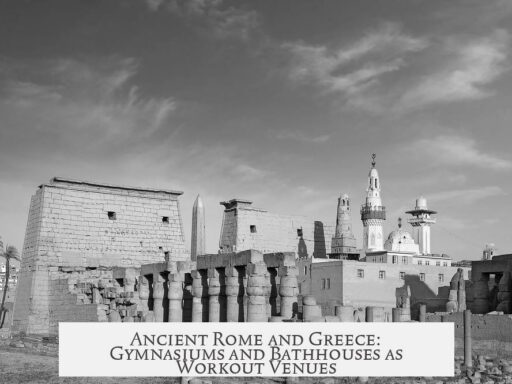“The 13th Warrior” is a historical fiction film that loosely bases its narrative on the Anglo-Saxon epic poem “Beowulf” and the real-life account of Ahmad ibn Fadlan, a 10th-century Muslim scholar and diplomat. However, the movie takes extensive creative liberties, especially in blending disparate medieval sources and inventing much of its plot and characters.
The core conflict in “The 13th Warrior” involves a group of Vikings battling mysterious attackers known as the Wendols. This plot draws inspiration from the mythical elements of the “Beowulf” poem. In that epic, the hero confronts supernatural monsters like Grendel and his mother. The poem, dated around 1000 AD but likely based on older oral traditions, is acknowledged as fiction with symbolic monsters rather than historical accounts. As historian Marc Morris notes, “Beowulf” is not a historical source, given its monstrous elements, though it offers insight into 6th-century elite culture.
In adapting “Beowulf,” “The 13th Warrior” replaces the poem’s supernatural monsters with a tribe of Neanderthal-like Wendols who have supposedly survived beyond their historical extinction. This imaginative reinterpretation distances the film from the original poem’s symbolism and fantasy, turning the creatures into a prehistoric human group. This change exemplifies the movie’s broader fictional approach rather than historical accuracy.
The film’s main character, Ahmad ibn Fadlan, derives from a real Muslim scholar who traveled in 921 AD as part of an Abbasid Caliphate diplomatic mission to Volga Bulgaria. Ibn Fadlan documented his experiences with the Volga Bulgars and the Varangians (Scandinavian traders and warriors), offering a rare and valuable primary source for Viking-age Scandinavian life, especially through his vivid description of a ship burial.
However, the historical Ahmad ibn Fadlan was a legal and theological scholar, not a warrior, and he never ventured as far north into Viking lands as depicted in the film. His real travels were about four centuries after the semi-legendary King Hrothgar era, placing the timeline of “The 13th Warrior” in a historically inconsistent context. In the film, Antonio Banderas’s Ibn Fadlan is heavily fictionalized to fit the narrative of the epic struggle, blending roles and timelines for dramatic effect.
Scholars recognize that Scandinavian and Muslim worlds did interact significantly between the 8th and 11th centuries, particularly through trade and adventure routes. Ibn Fadlan’s writings confirm such contact but do not support the film’s specific plot or characters beyond this ethnographic backdrop.
In terms of accuracy, the film’s early scenes incorporate elements from Ibn Fadlan’s account, including descriptions of hygiene practices and funeral rites, lending a degree of authenticity. Yet, the story quickly diverges into a largely fictionalized adventure mixing “Beowulf” mythology with the ethnographic record. The original novel by Michael Crichton, “Eaters of the Dead,” on which the film is based, openly combines these unrelated medieval texts, acknowledging the blend of fact and invention.
| Aspect | Historical Basis | Film Adaptation |
|---|---|---|
| Source Epic | Beowulf poem, ca. 1000 AD, mythological monster hunt | Wendols as Neanderthal survivors, no supernatural elements |
| Main Character | Ahmad ibn Fadlan, 10th-century Muslim scholar and diplomat | Ibn Fadlan as warrior and translator in Viking lands |
| Historical Context | Scandinavian and Muslim cultural contacts mainly trade-based | Intertwined into a dramatic warrior saga |
“The 13th Warrior” serves more as historical fiction inspired by real texts than a faithful retelling of history. It uses Ibn Fadlan’s ethnography and the epic poem “Beowulf” as loose frameworks, altering characters, timelines, and events for narrative purposes. Its significance lies in bringing a forgotten medieval narrative to popular culture, but viewers should treat the story as imaginative rather than documentary.
- “The 13th Warrior” innovatively adapts “Beowulf” but changes key elements like monsters and timelines.
- The central character, Ibn Fadlan, is based on a real historical figure but depicted quite differently.
- The film blends ethnographic facts with fictional storytelling, especially beyond early scenes.
- It reflects medieval cultural contacts but not an actual historical event.
- Audiences should see it as historical fiction inspired by medieval texts, not factual history.
How accurate is “The 13th Warrior” and is it based on anything real?
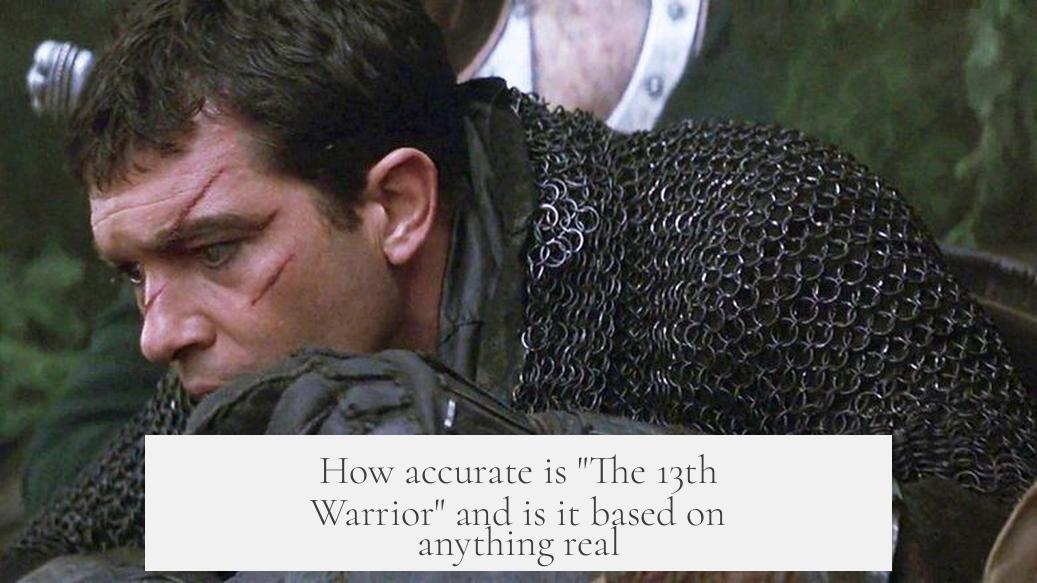
In the simplest terms: “The 13th Warrior” is a loose patchwork quilt of medieval myths, history, and outright fiction. It draws inspiration from ancient texts, but it doesn’t stick to history like glue. Instead, it paints a vivid, thrilling, sometimes wobbly story based on real elements but layered with fantasy.
Now, let’s slice through that summary to understand what this really means. The movie is an adaptation of Michael Crichton’s novel Eaters of the Dead, which itself is a fascinating blend of historical and mythical sources. At its core sits the epic Anglo-Saxon poem Beowulf, and a real-life Muslim traveler named Ahmad ibn Fadlan.
The Medieval Backbone: Beowulf and the Wendols
Beowulf is the eldest surviving work of English fiction, dating somewhere around the year 1000, possibly older. The tale is about Beowulf, a heroic warrior, tackling mythical monsters in Scandinavian lands. Its three-part saga includes battles with the beast Grendel, Grendel’s mother, and later, a dragon.
The 13th Warrior’s “Wendols” are a reimagining of these monsters—but with a wild twist. Instead of supernatural creatures, they’re portrayed as a tribe of Neanderthals clinging to survival millennia after their species supposedly vanished. This is an imaginative leap. Scientists agree Neanderthals vanished tens of thousands of years ago, so the notion they’re lurking in medieval Scandinavia is a fun fantasy, not science.
Historian Marc Morris sums this up neatly: while Beowulf offers insight into 6th-century elite culture, it is “completely made-up” regarding monsters and dragons.
The Real Guy in the Story: Ahmad ibn Fadlan
The twist to this Viking saga is its narrator: Ahmad ibn Fadlan, played by Antonio Banderas. He was a 10th-century Abbasid Caliphate official, a legal and theological scholar dispatched on a diplomatic mission to the Volga Bulgars, a people with strong Scandinavian ties.
His actual writings are rare, valuable ethnographic documents. Ibn Fadlan gives us a detailed peek into Viking life, including a vividly described ship burial—details that historians still reference for clues about Norse culture.
But the movie Ibn Fadlan? Far from the scholar’s reserved reality. Here, he’s a swordsman and warrior, fighting alongside Norsemen. Historically inaccurate? Absolutely. Ibn Fadlan probably never traveled beyond Volga Bulgaria and survived as a peaceful diplomat, not a berserker battling Neanderthal-esque tribes.
How the Film Mixes It All Up
The film takes the realism of ibn Fadlan’s accounts—like Viking hygiene habits and burial rites—and drops these grounded details into a storyline borrowed from Beowulf and amplified with speculative fiction.
Michael Crichton’s book provides some meta-commentary on this mash-up. His prologue reveals the creative process of blending Ibn Fadlan’s sober ethnography with the grand mythic adventure of Beowulf. The result? A unique blend that’s part historical fiction, part cinematic fantasy.
One particularly interesting aspect is the depiction of language learning and communication barriers, which reflects Crichton’s careful thought about how such diverse cultures might interact. This idea adds a sliver of authenticity and depth, even if the rest warps history considerably.
Historical Context and Viking-Muslim Interactions
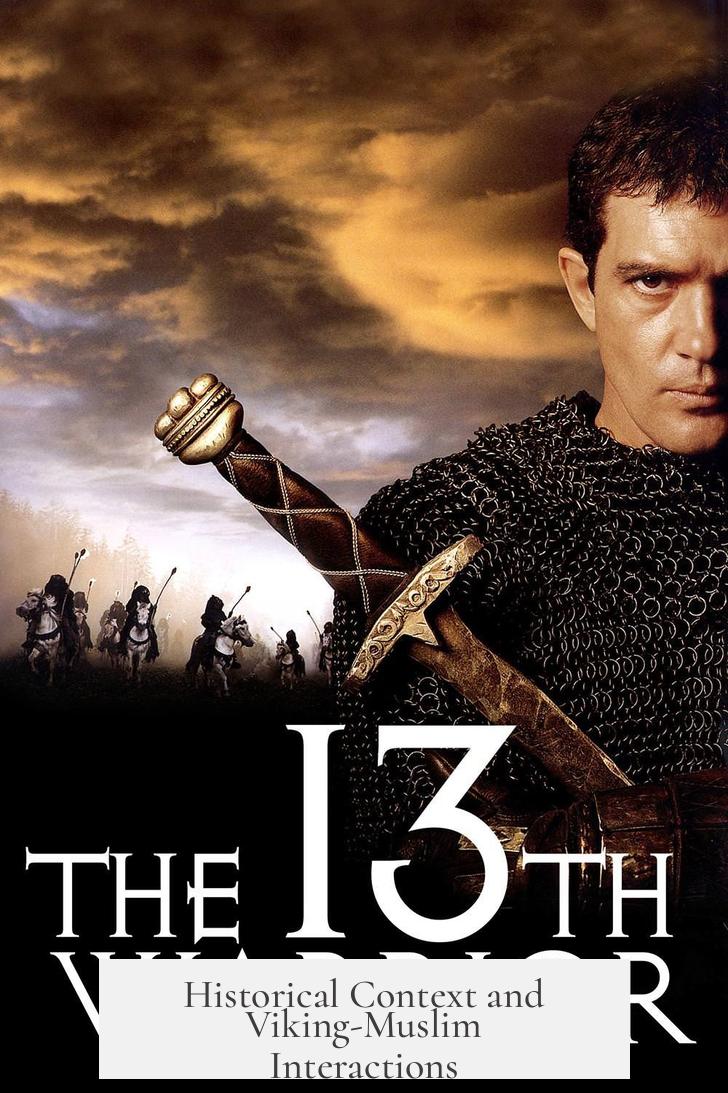
Here’s an important nugget: Scandinavian traders and adventurers really did have contact with the Middle East—from the 8th to 11th centuries—often traveling via river routes. Relations between Vikings and Muslim states were established, mostly commercial, lending a seed of truth to Ibn Fadlan’s presence in the area.
However, no historical source exists that places Ahmad ibn Fadlan in the company of great warriors or battling tribes synonymous with the monsters of legend. The timeline also doesn’t match perfectly. “Beowulf,” the legendary king Hrothgar, and other figures belong to a much earlier century than Ibn Fadlan’s 10th century.
So, How Accurate Is “The 13th Warrior”?
It scores points for incorporating authentic cultural details—especially in the beginning scenes where we glimpse real Viking funeral rituals and hygienic practices observed by Ibn Fadlan. But the core story that unfolds quickly wades into fantasy.
More than a documentary, it’s an *imaginative rewrite* of medieval tales—instilling life into dry historical facts with Neanderthal monsters, sword fights, and a heroic outsider’s journey. If you want a precise history lesson, look elsewhere. If you want historical fiction served with excitement and a dash of academic flair, you’re in good hands.
Why This Matters: The Power—and Pitfalls—of Historical Fiction
Movies like “The 13th Warrior” spark interest in Viking lore and early medieval times. They’re conversation starters, gateways from myth to history and vice versa. But they also remind us: not every dragon—or Neanderthal—is real.
For history buffs, the film encourages digging deeper into source materials. For casual viewers, it entertains while loosely educating about cultural encounters.
In short, the film is a triple-layered slice of storytelling—a middle ground where historical fact meets legend and fun supernatural fiction.
Recommended Reading for Fans and Fact-Seekers
- The Anglo-Saxons: A History of the Beginnings of England by Marc Morris (2021)
- Beowulf: The Monster and His Critics by J.R.R. Tolkien (1936)
- Ibn Fadlan and the Land of Darkness, translated by Lunde and Stone (Penguin, 2012)
- Children of Ash and Elm: A History of the Vikings by Neil Price (2020)
If you’re curious, these works provide rich and reliable context, helping you separate the historical wheat from the fictional chaff found in the movie.
Final Takeaway
The 13th Warrior is loosely based on ancient texts and a real traveler’s account. But it embraces creative liberty with gusto, transforming myth into a gripping story of survival and culture clash. It’s a cinematic cocktail: part authentic, part fantasy, and entirely entertaining. If you’re seeking pure historical truth, it falls short. If you want a thrilling Viking tale spiced with scholarly threads, it delivers.
